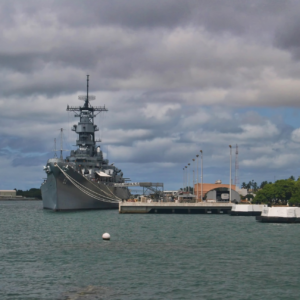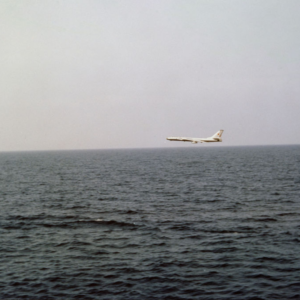With a caliber of up to 105mm and a maximum range of over 6,000m, the M40 was once the most fearsome anti-tank weapon of the US on the Vietnam battlefield. However, the fate of this weapon was not lucky.
The M40 recoilless rifle is an anti-tank weapon for infantry introduced by the US Army in the mid-1950s. Although the caliber is exactly 105 mm, it is described by the number 106 mm to avoid mistakenly firing the incompatible 105 mm bullets of its failed predecessor, the M27.
Although it appeared in the 1950s, it was not until the Vietnam War that the image of the M40 became widely known when it was equipped with the US Army as well as its vassals fighting in South Vietnam. However, the role of the M40 at that time was not to fight tanks but to be used as a weapon against infantry and fortified targets.
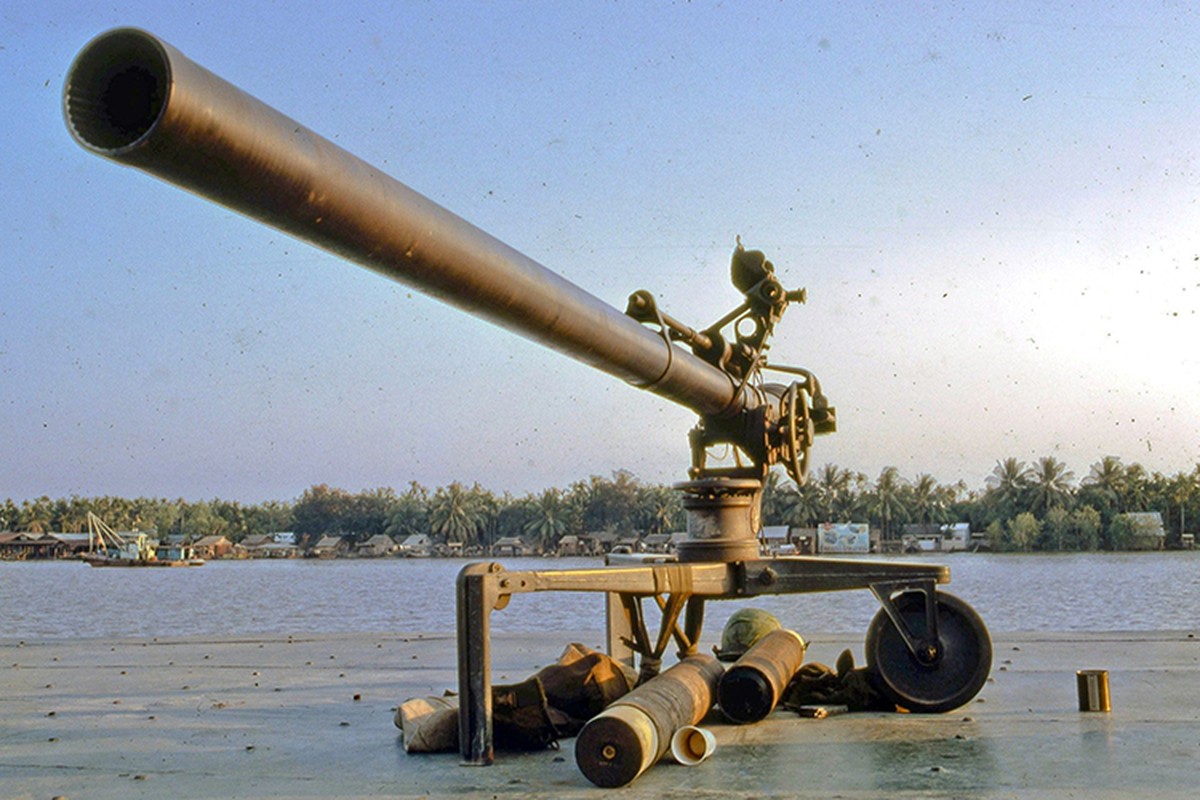
Weighing up to nearly 210kg including the support and being more than 3 meters long, the M40 in its early stages of operation in Vietnam was only equipped for military bases or defensive heights of the US Army throughout the South.
In terms of firepower, the M40 can fire many types of ammunition from anti-tank shaped charge (HEAT) to high explosive ammunition using plastic in the warhead (HEP); maximum elevation angle from -17 to +65 degrees; horizontal rotation angle of 360 degrees.
With the use of many different types of ammunition, the M40’s firing range also depends on the types of ammunition it uses, from conventional ammunition of 1,350 meters to a maximum of 6,870 meters with M344A1 ammunition, with a muzzle velocity of up to M40 of more than 500m/s.
After a long period of use, the M40 began to be improved and integrated by the US Army onto many different military vehicles as a solution to increase the mobility of this weapon as well as improve the firepower of the motor vehicle carrying it. The most typical of which is the M113 armored personnel carrier.
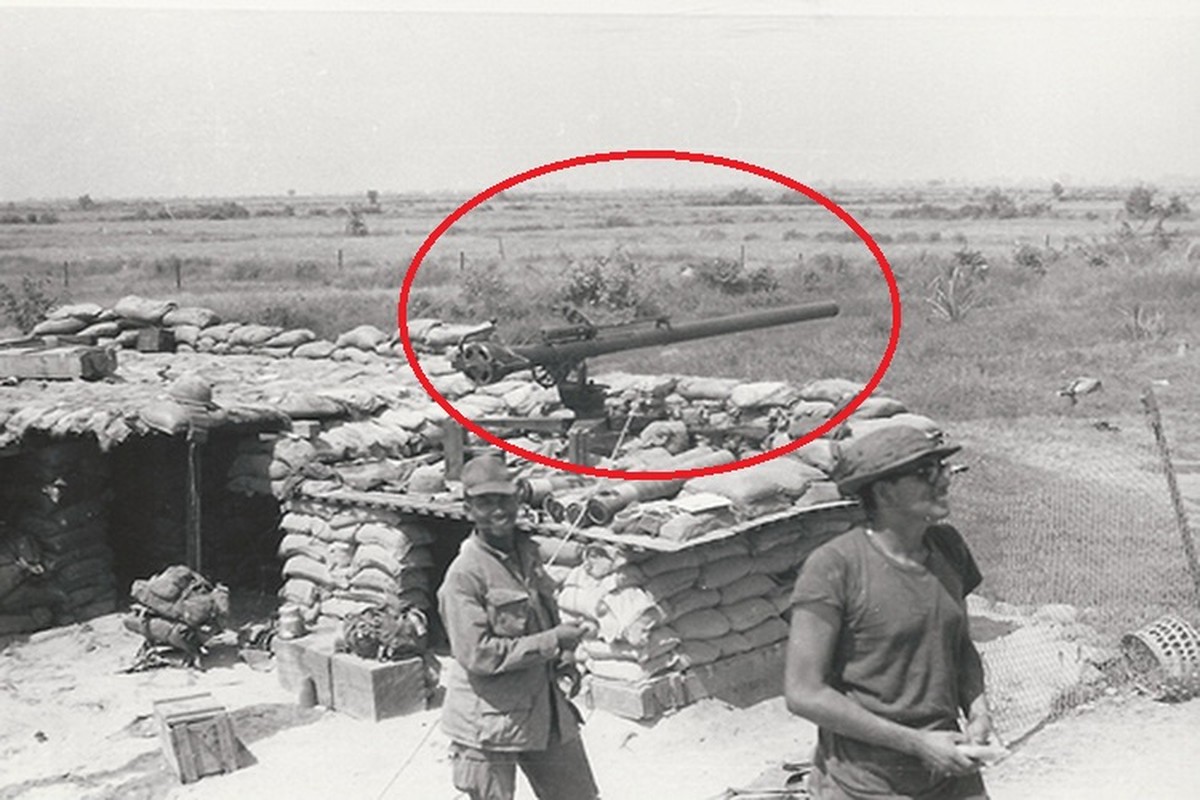
Previously, the M40 was also equipped on the US Army’s Jeep lines but was not really effective, especially when they had to fight in areas with complex terrain and strong fragmentation like in South Vietnam.
However, the name of the M40 anti-tank gun is not associated with the M113 but with the US Army’s multi-purpose military vehicle M274, with the M274 the mobility of the M40 is significantly improved, it can be deployed anywhere from high mountains to deep forests, or even in small alleys in the city.
And it is no coincidence that the M40 could help American soldiers fight effectively in the urban environment of South Vietnam in 1968, when they could not call for help from the air force or artillery.
In the photo is the M40 recoilless rifle squad of the US Marine Corps in Hue in 1968.

With the M274 utility vehicle combined with the M40, the US Army could deploy fire points right in the narrowest neighborhoods or alleys, with power that was not inferior to tanks or long-range howitzers.
Despite such success, the role of the M40 on the Vietnam battlefield ended as quickly as many other US weapons in this war, and the “replacement” of the M40 in Vietnam was none other than the BGM-71 TOW anti-tank missile.
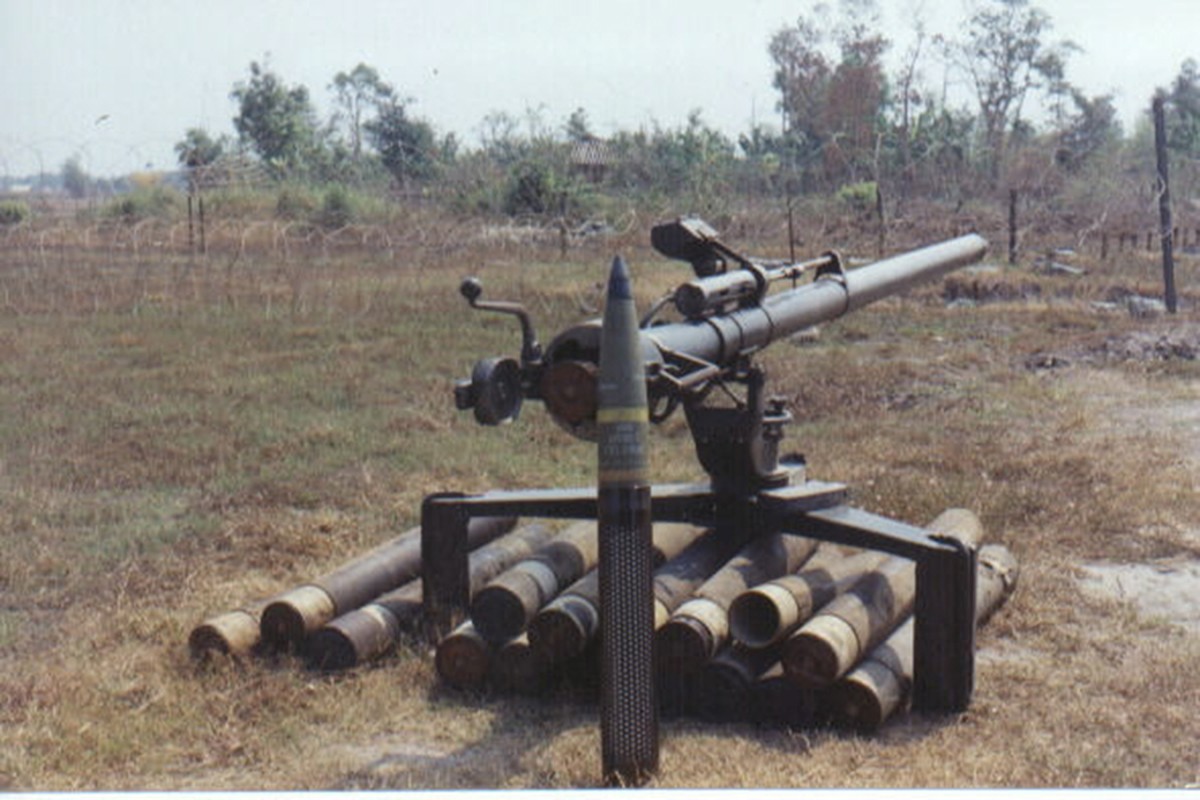
The advent of missiles or personal anti-tank guns made the role of recoilless guns like the M40 gradually redundant, it gradually lost its position in the US Army until it was “revived” with the M50 Onto tank model.
In essence, the M50 Onto tank is a combination of 6 M40 guns mounted on the armored chassis of the M56 Scorpion light tank, the M50 itself does not have a turret and cannot change the firing direction of the M40 when standing still.
In addition to the driver’s position sitting inside the vehicle, the gunner and loader of the M50 must be outside the vehicle when it is in combat, the M50’s chassis itself is too small to carry a lot of ammunition and it must rely on the help of a separate ammunition carrier.
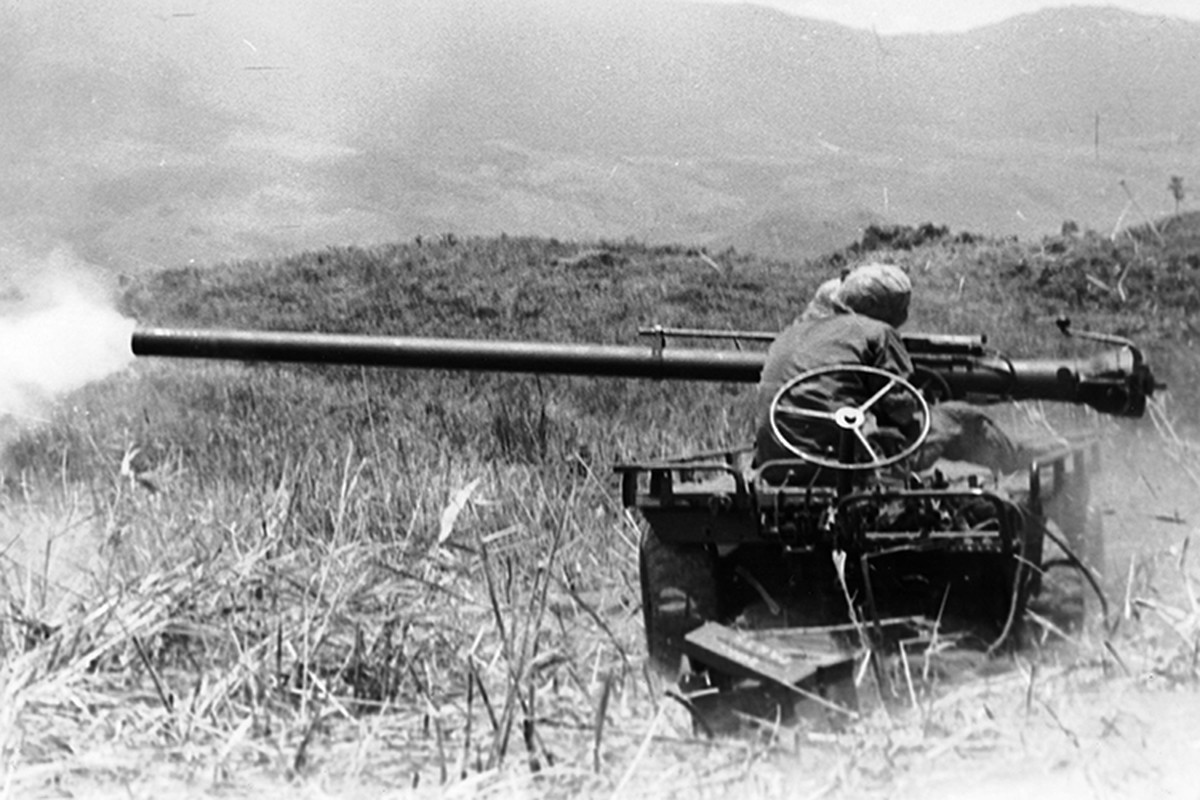
Because of these limitations, the M50 gradually fell out of favor in the US Army after the end of the Vietnam War and also led to the departure of the M40 when both weapons were removed from service by the US Army in 1980.
News
How Hezbollah & Israel counter-attack after the Lebanon Explosion
How Hezbollah & Israel counter-attack after the Lebanon Explosion This is how Hezbollah responded to Israel after the sophisticated pager and walkie-talkie explosions, which occurred across Lebanon. They retaliated by launching guided missiles for the first time. The three strikes…
[MUST WATCH] In pictures: The deadliest day in Lebanon in nearly a year of conflict
In pictures: Israel strikes hundreds of Hezbollah targets in Lebanon Israel attacked hundreds of Hezbollah targets on Monday in airstrikes, making it the deadliest day in Lebanon in nearly a year of conflict. Smoke billows over southern Lebanon following Israeli…
BREAKING NEWS: US sends more troops to Middle East as violence rises between Israel and Hezbollah
US sends more troops to Middle East as violence rises between Israel and Hezbollah Violence between Israel and Hezbollah is raising risk of a greater regional war. WASHINGTON — The U.S. is sending a small number of additional troops to the…
Easy Company Facts Even Hardcore Fans of ‘Band of Brothers’ Don’t Know
Photo Credit: HBO / Getty Images HBO’s 2001 miniseries, Band of Brothers, has continued to gain popularity in the decades since its release. This is partly due to later generations having greater access to the series – in particular, via…
Mighty MO – USS Missouri (BB-63) Video and Photos
There are three other ships in the United States Navy which were named after the state of Missouri besides the battleship USS Missouri (BB 63), and although she became associated with the history of the Japanese raid at Pearl Harbor, she…
A Soviet TU-16 medium jet bomber flies past the anti-submarine warfare support aircraft carrier USS Essex
That Time A Soviet Tu-16 Badger Crashed Into The Sea After Buzzing A U.S. Aircraft Carrier A screenshot from the video filmed aboard USS Essex shows the Tu-16 Badger flying very low close to the aircraft carrier. Low pass with…
End of content
No more pages to load




